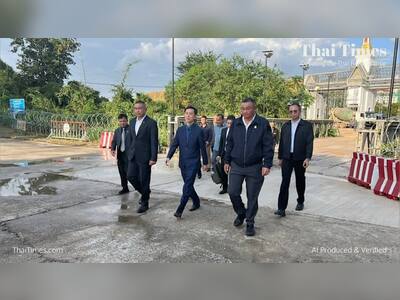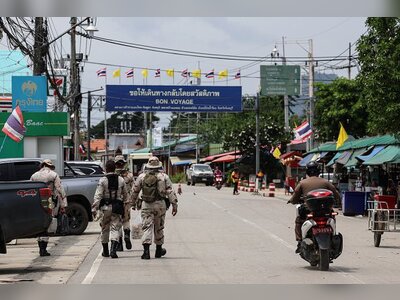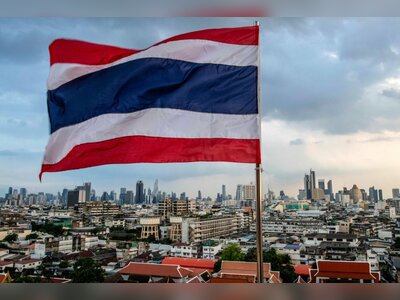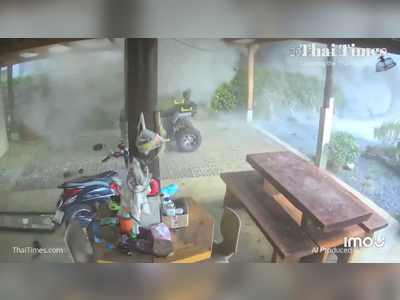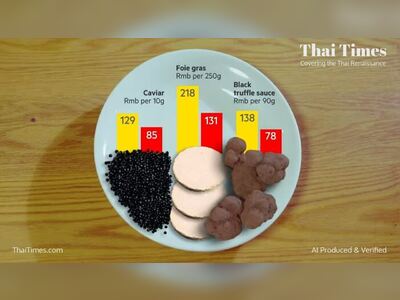Chiang Mai Drone Solves Forest Carbon Capture Mystery
Scientists are increasingly utilizing sophisticated tech like drones to better understand forests' critical role in mitigating climate change by absorbing carbon dioxide. Accurately assessing a forest's carbon storage is complex and vital for determining necessary emission reductions globally.
Deforestation has reduced global tree cover by 12 percent since 2000, as reported by Global Forest Watch. The species composition, age, and size of trees all contribute to varying carbon sequestration rates.
Traditional methods involve on-the-ground surveys that are labor-intensive and can disturb the forest understory. The drone technology enables detailed forest analysis without physical intrusion, capturing every tree's measurements, including height, girth, and wood density.
The project, managed by Stephen Elliott from Chiang Mai University's Forest Restoration Research Unit and his team, has reforested around 100 hectares using specific native plant species and engages with local communities.
The resulting 3D drone model showcases the success of the project and aims to replace ground surveys. However, drone images can't penetrate the canopy, necessitating technology like LiDAR to fully assess forest composition, including understory and soil, which also store carbon.
A groundbreaking multi-year project led by French researcher Emmanuel Paradis aims to deliver the most precise estimate of Thailand's forest carbon storage capacity by combining drone-mounted LiDAR with soil analyses.
This effort is crucial as doubts persist about the accuracy of current global forest carbon capacity estimates. Overestimations fuel false hope regarding how much forests can contribute to carbon storage.
Paradis emphasizes the rapid technological advancements, including more precise satellites like the European Space Agency's upcoming Biomass satellite, which promises enhanced forest carbon stock monitoring.
Deforestation has reduced global tree cover by 12 percent since 2000, as reported by Global Forest Watch. The species composition, age, and size of trees all contribute to varying carbon sequestration rates.
Traditional methods involve on-the-ground surveys that are labor-intensive and can disturb the forest understory. The drone technology enables detailed forest analysis without physical intrusion, capturing every tree's measurements, including height, girth, and wood density.
The project, managed by Stephen Elliott from Chiang Mai University's Forest Restoration Research Unit and his team, has reforested around 100 hectares using specific native plant species and engages with local communities.
The resulting 3D drone model showcases the success of the project and aims to replace ground surveys. However, drone images can't penetrate the canopy, necessitating technology like LiDAR to fully assess forest composition, including understory and soil, which also store carbon.
A groundbreaking multi-year project led by French researcher Emmanuel Paradis aims to deliver the most precise estimate of Thailand's forest carbon storage capacity by combining drone-mounted LiDAR with soil analyses.
This effort is crucial as doubts persist about the accuracy of current global forest carbon capacity estimates. Overestimations fuel false hope regarding how much forests can contribute to carbon storage.
Paradis emphasizes the rapid technological advancements, including more precise satellites like the European Space Agency's upcoming Biomass satellite, which promises enhanced forest carbon stock monitoring.


